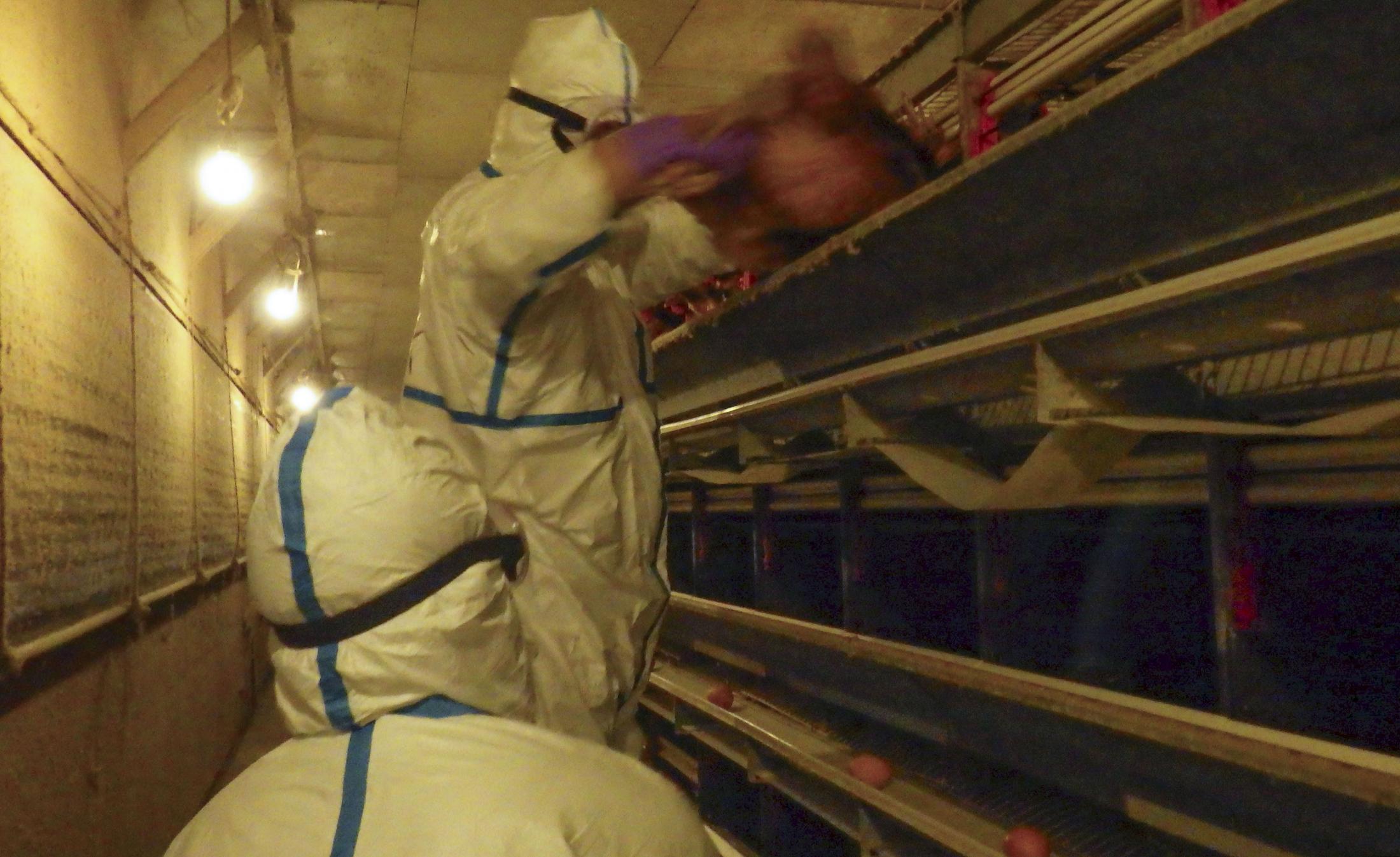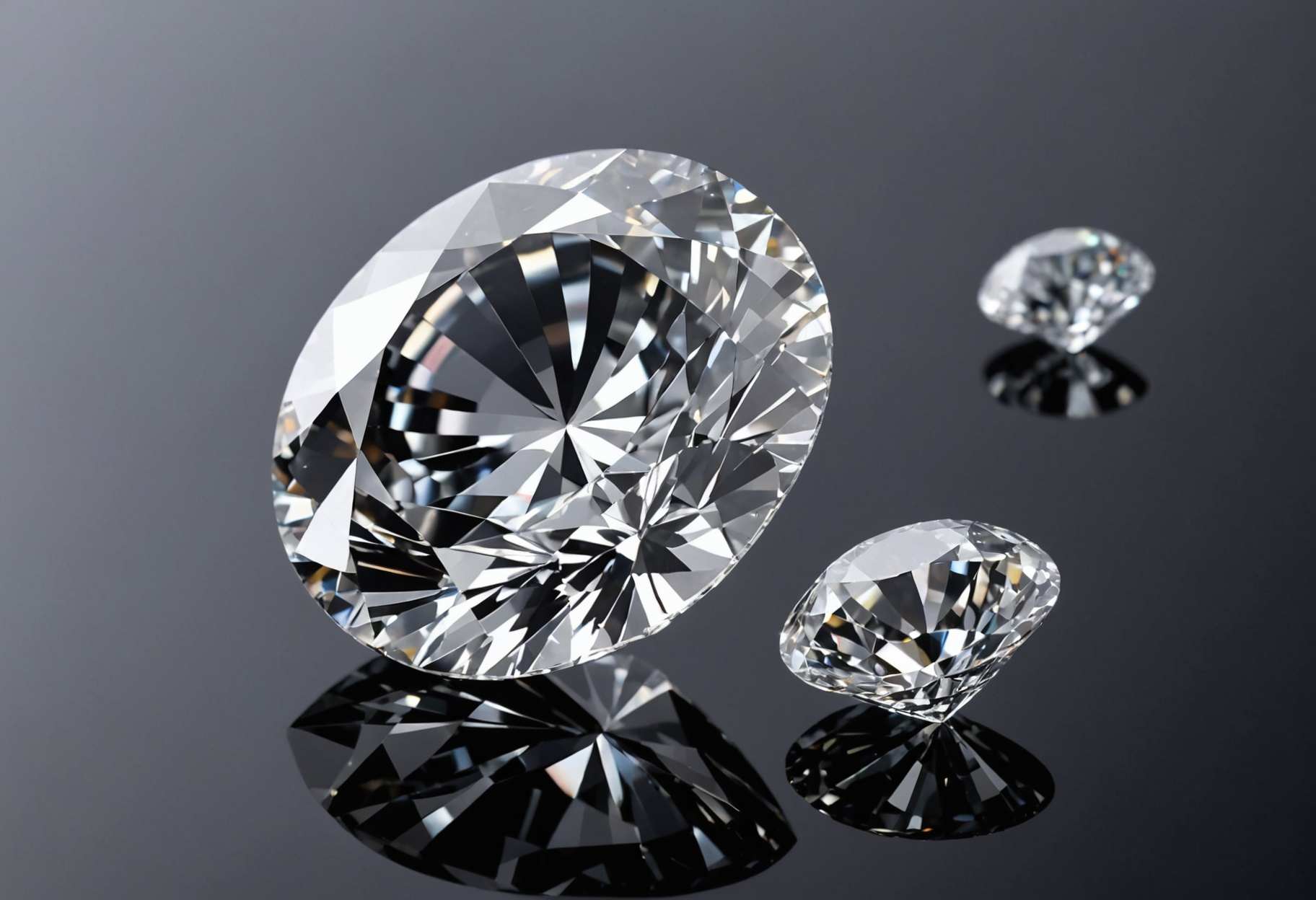
When you buy through links on our articles, Future and its syndication partners may earn a commission.

A distant, mysterious glowing ring of gas and dust has finally given up its secrets — and it turns out to be less of a romantic cosmic jewel than its shimmering appearance suggests.
In the constellation Cygnus, a bright knot of stars seems to adorn one edge of a nearly perfect 20-light-year-wide circle, earning the structure the nickname "Diamond Ring." But astronomers studying its picturesque appearance say the luminous "diamond" isn't part of the ring at all. Instead, it's an unrelated cluster of young stars located a few hundred light-years closer to Earth that happens to lie along the same line of sight.
Using new observations and detailed 3D computer simulations, a team led by Simon Dannhauer of the University of Cologne in Germany found the ring is the flattened wreckage of an expanding stellar bubble once inflated by the fierce radiation and winds of a massive young star. The team's analysis suggests the bubble expanded beyond the peculiar conditions of its natal cloud, causing it to "burst," so to speak.
"All that remained was the particular flat shape," Dannhauer said in a statement. "For the first time, we observed the final stage of such a gas bubble in a distinctly flat cloud structure."
Most bubbles carved by massive stars expand more or less spherically, showing red- and blue-shifted gas in telescope observations that signal their 3D shapes. But recent observations of the "Diamond Ring" from the now-retired SOFIA airborne observatory lacked those telltale signatures, instead revealing only a thin, tilted ring of gas expanding significantly more slowly than similar structures, the new study reports.
When the researchers plugged those values into their simulations, they found the massive star likely formed not inside a typical thick, spherical cloud of gas, but within a thin, slab-like layer about six light-years thick. In such an environment, portions of the bubble pushing perpendicular to the slab would have quickly spilled into the lower-density regions above and below. Those parts of the shell dispersed rapidly, the researchers say, leaving behind only the broad, slow-moving ring confined by the swept-up gas within the plane of the slab dense enough to survive and remain visible today.
The simulations also suggest the ring is far younger than previous estimates put forth. Earlier calculations, which assumed a spherical expansion, placed its age at several million years. But the new study indicates the structure is only 400,000 to 500,000 years old, a stellar newborn in cosmic terms.
The bubble likely expanded in three dimensions for only the first 100,000 years or so before its top and bottom blew out and dissipated, effectively "bursting" and leaving behind the thin, pancake-like rim, the study notes.
The findings suggest that such slab-like star-forming environments may be far more common than the idealized, spherical gas clouds often used in models, researchers say.
"Such processes are crucial for understanding the formation of stars in our Milky Way," study co-author Robert Simon of the University of Cologne said in the same statement.
A study about these results was published Monday (Nov. 17) in the journal Astronomy & Astrophysics.
 Share your number one city visit transport that leaves a mark on the world wake up!
Share your number one city visit transport that leaves a mark on the world wake up! 10 Energizing Vocations in the Innovation Business
10 Energizing Vocations in the Innovation Business Make your choice for the sweet that transports you to its nation of beginning!
Make your choice for the sweet that transports you to its nation of beginning! ダルビッシュ有「本当に、いっぱいいっぱいだった」ドジャース世界一の裏で手術決断「ギリギリの状態」右肘で投じた21球“覚悟のマウンド”(Number Web)
ダルビッシュ有「本当に、いっぱいいっぱいだった」ドジャース世界一の裏で手術決断「ギリギリの状態」右肘で投じた21球“覚悟のマウンド”(Number Web) 【独自】鳥インフル防疫で心身不調訴え 20県で職員相談、休職や骨折(共同通信)
【独自】鳥インフル防疫で心身不調訴え 20県で職員相談、休職や骨折(共同通信) Step by step instructions to Contrast Lab Precious stones and Normal Jewels
Step by step instructions to Contrast Lab Precious stones and Normal Jewels 【独自解説】「サナエノミクス」で暮らしはどう変わる?『くらし応援3点セット』の先に“解散論”?(読売テレビ)
【独自解説】「サナエノミクス」で暮らしはどう変わる?『くらし応援3点セット』の先に“解散論”?(読売テレビ) 美川憲一、パーキンソン病を公表 12月の公演から活動再開へ「本人の強い意向も踏まえ」 「洞不全症候群」術後の精密検査で発覚(オリコン)
美川憲一、パーキンソン病を公表 12月の公演から活動再開へ「本人の強い意向も踏まえ」 「洞不全症候群」術後の精密検査で発覚(オリコン) Intriguing Strange Cruising Objections you Should Visit
Intriguing Strange Cruising Objections you Should Visit













